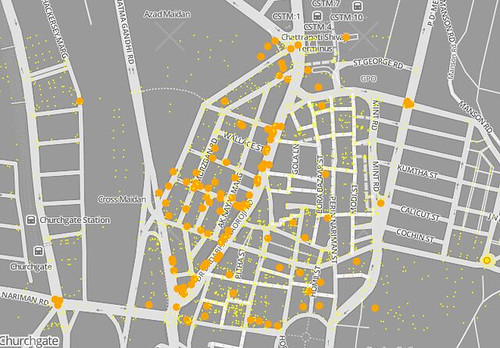That time of year again … take stock of my year in HOT. Started off the year as a Presidential Innovation Fellow at the State Department working on MapGive, supporting HOT from the US government side. End the year working at Mapbox, still supporting HOT!
At State, got to help facilitate some truly remarkable collaborations. Nepal was a huge focus for all of us. I worked a lot on coordination, imagery, communications, especially within the USG. Worked with a great group of people to increase cooperation among institutions in OSM. We helped formed a Open Government Commitment to OpenStreetMap, with a great showing at the OGP Summit in Mexico City.
Was part of the team that put together an incredible, inaugural HOT Summit. What an incredible event. Got to tell a story of some of the early HOT history. Started off that week lending a hand with HOT Activation Curriculum Sprint.
Spent time on the Governance Working Group, putting together Bylaws updates. We now have 2 year terms for Board members! Lots more to do.
Sadly saw Kate depart as ED, but warmly welcome Tyler. There’s been a super skilled group of folks volunteering and working with HOT over the year, and happily talked with them about various things. What an amazing year — Tanzania, OpenAerialMap, Export Tool, and everything else I’m missing.
At Mapbox, we made a public commitment to HOT, which I hope is a model for other organizations supporting HOT. We matched the first 10k of the HOT fundraiser.
What about 2016? I’m going to keep volunteering on the Governance WG, we have work to do. Also interested to connect up more with HOT Training and education efforts. I’m on the State of the Map WG, and think we could pull off a great HOT Summit adjacent to it in Brussels. I’m very interested to invest time in local organization capacity, and hope efforts with Local Chapters in the OSMF (where I am now on the Board) can help with that.




